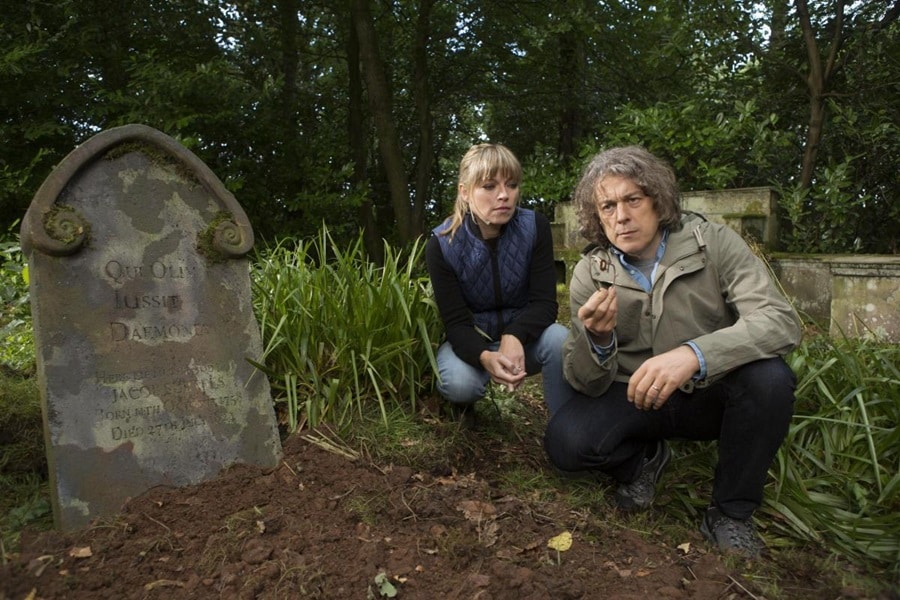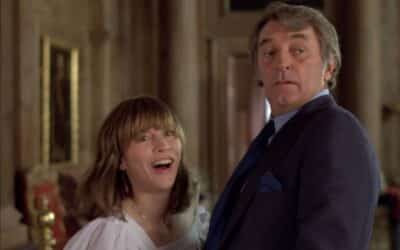
Locked Room Mysteries
A door bolted from the inside. A window sealed shut. A room with no hidden passages. Yet, within this inescapable confinement, a body lies. The locked room mystery, an enigma wrapped in the familiar trappings of crime fiction, thrives on its defiance of logic. The allure is simple: the solution must exist, but it lies just beyond the reach of ordinary reason.
The locked room mystery’s lineage stretches back to Edgar Allan Poe’s “The Murders in the Rue Morgue” (1841). The gruesome killings, perpetrated in a room sealed from the inside, presented a riddle that only the brilliant mind of C. Auguste Dupin could solve. Poe set the stage for a subgenre that has since captivated and confounded audiences.
In the realm of locked room mysteries, the puzzle reigns supreme. The crime scene is meticulously constructed to thwart conventional explanations. The reader, alongside the detective, is drawn into a labyrinth of clues, red herrings, and intellectual sleight of hand. Every locked door and barred window serves as a silent taunt, daring the detective to uncover the unseen.
John Dickson Carr, a master of the impossible crime, elevated the locked room mystery to new heights. His novel “The Hollow Man” (1935) is often cited as the definitive work in the genre. Dr. Gideon Fell, Carr’s rotund and eccentric sleuth, unravels the murder of a man in a locked office and the subsequent death of the chief suspect, found alone in a snow-covered courtyard with no footprints leading away. Carr’s brilliance lies in his ability to concoct solutions that are both ingenious and plausible, albeit just beyond the grasp of the ordinary mind.
Agatha Christie, the undisputed queen of crime, also delved into the locked room mystery with “And Then There Were None” (1939). Ten strangers, lured to a remote island, fall victim to an unseen killer. Each death, executed with precision, leaves the survivors and readers alike grappling with the impossible. Christie’s deft hand ensures that every piece of the puzzle, no matter how confounding, slots perfectly into place by the novel’s end.
Locked room mysteries have not confined themselves to the pages of books. The subgenre’s appeal has translated seamlessly to the screen. Alfred Hitchcock’s “Rope” (1948), while not a traditional locked room mystery, captures the essence of the genre. The entire film unfolds in real-time within the confines of a single apartment, where two young men have committed the perfect crime—only to be undone by their own hubris and the relentless probing of their former teacher.
“The Last of Sheila” (1973), a film written by Stephen Sondheim and Anthony Perkins, offers a more direct homage. A wealthy movie producer invites a group of friends aboard his yacht for a game that soon turns deadly. The confined setting and intricate plotting echo the best of the locked room tradition, where the line between game and reality blurs with fatal consequences.
In television, the locked room mystery found a home in the BBC series “Jonathan Creek” (1997-2016). The titular character, a magician’s consultant, uses his expertise in illusions to unravel seemingly impossible crimes. Each episode presents a new puzzle, blending the classic elements of the subgenre with a modern sensibility.
The fascination with locked room mysteries lies in their inherent contradiction. They present a world where the laws of physics and logic appear to bend, yet they demand a rational solution. This tension between the inexplicable and the inevitable resolution is what keeps readers and viewers hooked. The detective’s role is to bridge the gap between chaos and order, to bring light to the darkest corners of the human mind.
G.K. Chesterton’s Father Brown series exemplifies this dynamic. In “The Invisible Man” (1911), Father Brown faces a killer who seems to vanish into thin air. The solution, rooted in psychological insight and keen observation, strips away the layers of deception to reveal the truth lurking beneath.
Locked room mysteries offer more than mere intellectual challenge. They delve into the human psyche, exploring themes of isolation, obsession, and the illusion of control. The sealed room becomes a metaphor for the mind itself, a place where secrets are both kept and revealed. The detective’s journey mirrors our own quest for understanding in a world that often seems locked tight against us.
The enduring appeal of the locked room mystery lies in its perfect blend of structure and surprise. It is a dance of logic and imagination, where every step is carefully choreographed yet capable of leaving one breathless with wonder. As long as there are doors to be locked and minds to unlock them, the genre will continue to captivate and confound, proving that the greatest mysteries are those that seem, at first glance, to have no solution at all
More Mystery Features
Whodunnit Mysteries
The spine-tingling genre that keeps readers on the edge of their seats
Mysteries of the 1970s
A Golden Era for Mysteries
Lore in Mysteries
Mystery stories and the lore we love



